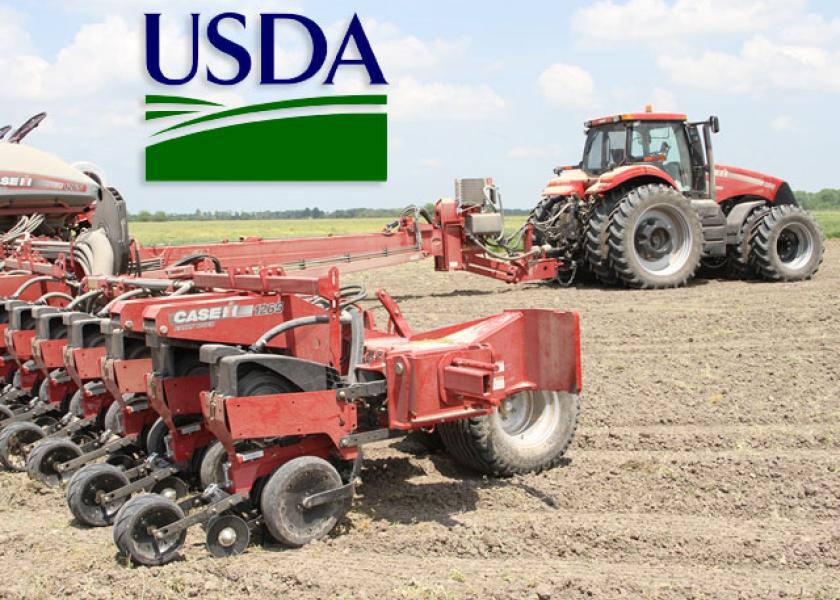Traders Ho-Hum Over USDA Data Dump

Today, USDA dropped reports for the first time since the beginning of 2019. Even after being inundated with weeks of information, traders agree, the report is a snooze.
“The report was a dud, it was a total non-event and the markets are very quiet following the report,” says Joe Vaclavik with Standard Grain in a Facebook Live interview with AgDay host Clinton Griffiths. “There was a ton of anticipation going into this report that maybe we’d see some increased volatility, and we essentially saw the exact opposite.”
Compared to the most recent Crop Production report, USDA reduced corn yields to 176.4 bu. per acre and soybeans to 51.6 bu. per acre. Analysts anticipated this drop.
“They took two and a half bushels off the national average corn yield, and that’s getting outside of the historical norm,” says AgriTalk host Chip Flory. “It took half a bushel off the national average soybean yield which is kind of at the far end of the historical normal on a move from November into the annual production summary.”
Flory says that leaves him wanting to see what the March 1 quarterly grain stocks show, and he thinks there might be more adjustments to be made on the supply side of the market.
“They took that [the reduced yield numbers] on reduction in yields out of North and South Dakota and Nebraska, which we knew were having some issues getting the crop out because of wet weather,” Vaclavik says.
On the other side of the equation is ending stocks—and corn and soybeans both saw reductions. Soybeans are predicted to end at 910 million bu.—down from 955 in the last report—and corn dropped to 1.7 billion bu. carryover.
“The market did expect a decline in the soybean ending stocks projection—and that’s what is for 2018/19 at this point a projection, not reality,” Vaclavik explains. “What they did tell us was their projection for exports to drop by 25 million bu., and a lot of people would say that number needs to come down more. USDA may do that in future reports.”
“[In corn] we’ve got some demand questions that are potentially important,” he adds. “USDA reduced its projection for corn usage via ethanol and the ethanol industry is in a bad spot right now—margins are negative across the Corn Belt. Weekly ethanol production is the lowest since October of 2017. So, there’s some bad stuff going on there, and USDA is reflecting that in their numbers, too.”
*Taps Screen* this thing on? #WASDE report fails to create any noteworthy price action in the grains. Looks like the market was holding its breath just making sure there wouldn't be a surprise from the #USDA - confirmation of no news a thing now? — Daniel Hussey (@DanielHusseyJr) February 8, 2019
Usda report summary ....meh pic.twitter.com/lEHhzYH9qc — Kevin Wilson (@WilsonFarms1980) February 8, 2019
To the highly anticipated USDA report day.... pic.twitter.com/hiBEBhQtrQ — Tyson Narjes (@narj_15) February 8, 2019
So, what do you need to take home?
“My takeaway is that the report is essentially a non-event, and in the coming weeks and months we’re going to start to focus on the U.S. production for corn, soybeans and wheat in 2019,” Vaclavik says. “And we’re going to keep our eye on trade discussions between the U.S. and China.”
Read more analysis on today’s reports:
Following USDA Reports Attention Turns To China Trade
Crop Production Report: Corn Yields Down, Soybeans Up Over 2017







